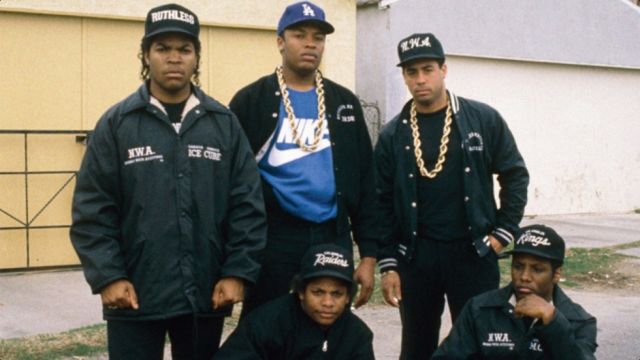Startup analyzes behavior to stop malware threats
Startup Seceon has joined a growing number of firms focused on quickly analyzing behaviors on corporate networks to identify and prioritize threats that ought to be dealt with, cutting down on the manual work required to spot and stop attacks.
In addition to identifying intrusions, the company’s Open Threat Management (OTM) platform can also automatically block suspect behaviors using scripts to other devices on the network.
The company competes against a number of others including Damballa, LightCyber and Vectra as well as vendors with broader portfolios such as Carbon Black, Black Ensilo, Fireeye, Guidance, Promisec, Resolution1 Security, and Tanium.
To read this article in full or to leave a comment, please click here

